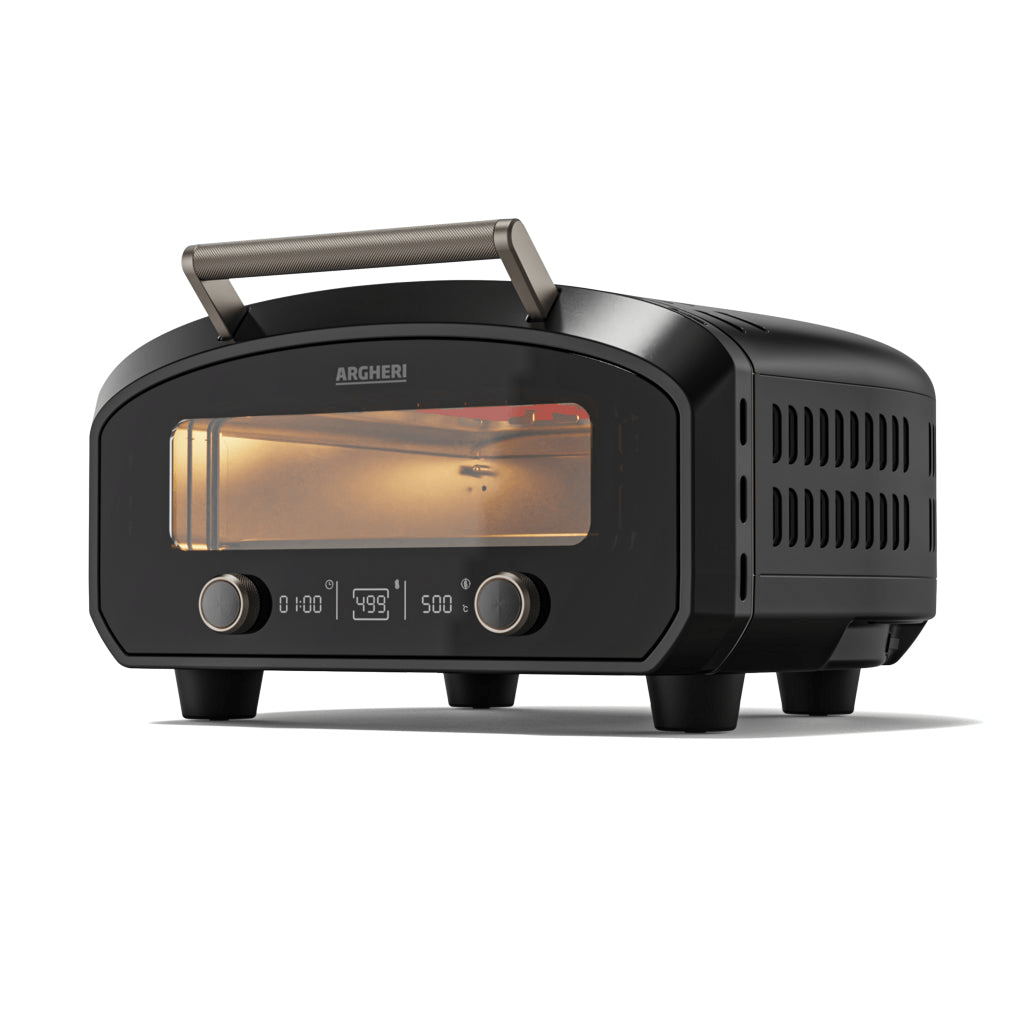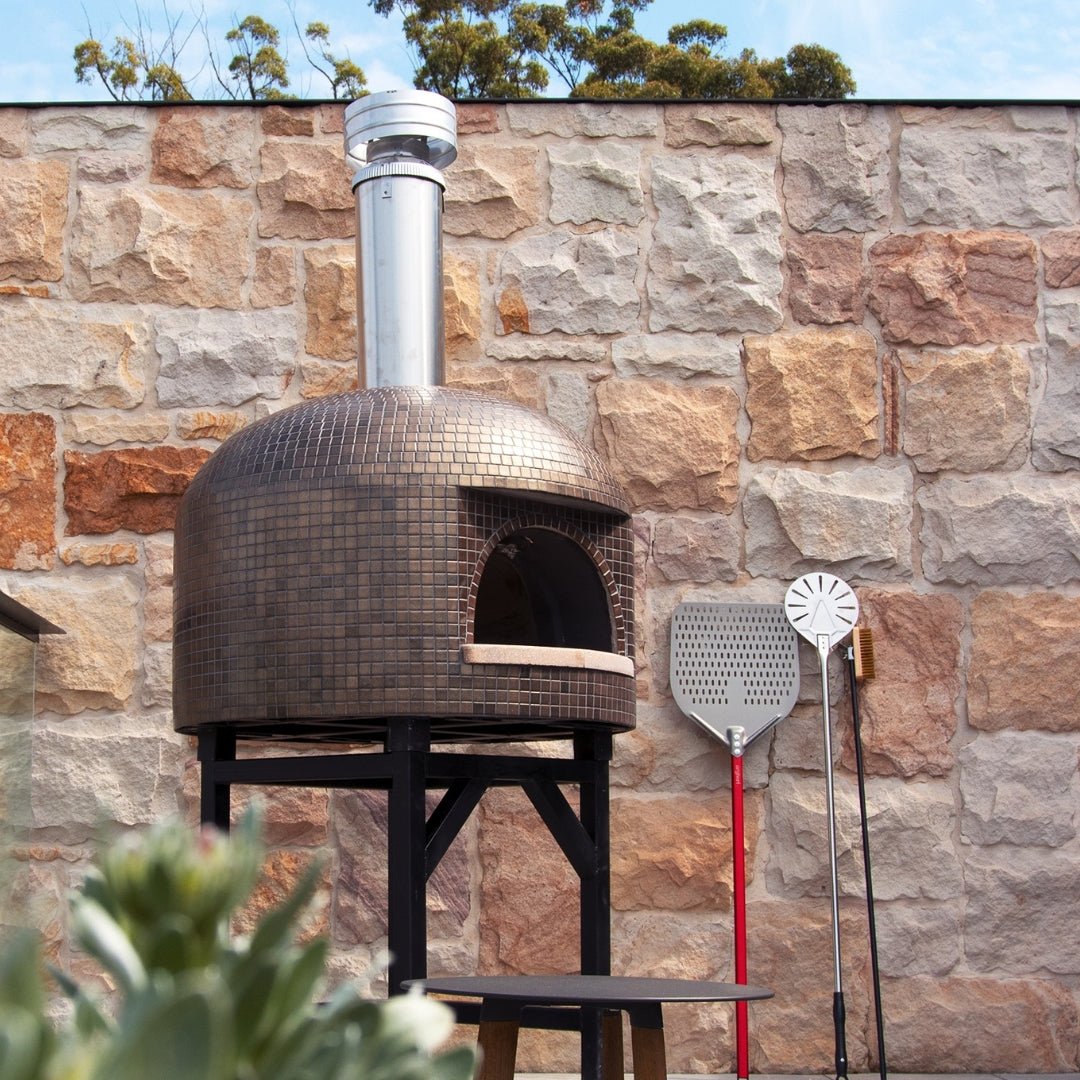Do You Really Need a Pizza Turning Peel?
Yes, you absolutely do. Just like the sun doesn't evenly tan your back without you flipping over, wood and gas pizza ovens don't evenly cook your pizza without a bit of turning. Electric ovens might be a tad more forgiving, but even they play favorites with heat distribution.
While you can attempt this culinary ballet with a rectangular pizza peel, it's akin to trying to parallel park a bus in a compact car spot. Clumsy and often ineffective. So, for those seeking the golden crust of perfection, a pizza turning peel is your backstage pass.
What is the difference between a peel and a turning peel?
The turning peel is like the sporty convertible to the launching pizza peel's family SUV. It's smaller, usually about 2/3 to 3/4 the size, and boasts a round head, making it the nimble choice for those tight oven turns.
How do you rotate pizza with a peel?
Think of it as a delicate dance. Slide the turning peel into the oven, always approaching the pizza from the side, much like a matador sidesteps a bull. Going head-on? That's a recipe for a torn pizza disaster. With the peel angled just right, give your pizza a gentle roll towards you, ensuring the less-cooked side gets its moment in the heat spotlight. It's an art, and like all arts, it demands practice and patience.
Why use a turning peel?
Imagine tackling a steak with just a spoon. Sure, with enough determination, you might get a bite, but wouldn’t a knife and fork make life so much easier? The same logic applies to pizza peels. While both the launching and turning peels have their merits, ask any pizza maestro, and they'll serenade the virtues of the turning peel. It's purpose-built, efficient, and in the world of pizza-making, the unsung hero behind every evenly cooked slice.













